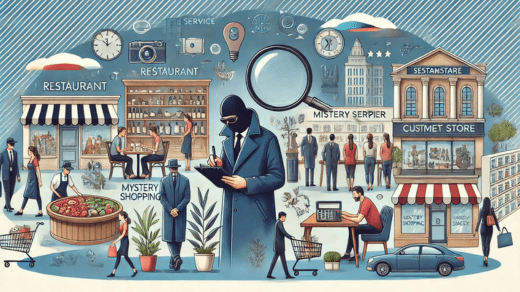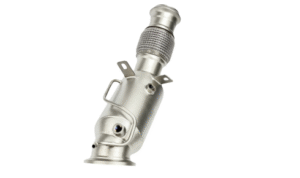
Automotive mystery shopping
Automotive mystery shopping is an essential tool for car dealerships and manufacturers to assess and improve customer service, sales processes, and overall dealership performance. This technique involves sending a mystery shopper to interact with the dealership as a regular customer, evaluating various aspects of the experience. To achieve stellar results in automotive mystery shopping, consider these eight tips:
1. Define Clear Objectives
Before initiating a mystery shopping program, it’s crucial to establish clear objectives. What specific areas do you want to evaluate? Are you focusing on the sales process, customer service, product knowledge, or facility cleanliness? Defining precise goals will help shape the evaluation criteria and ensure that the mystery shopper’s feedback is relevant and actionable.
2. Choose the Right Mystery Shoppers
Selecting the right individuals to act as mystery shoppers is paramount. Look for people who have experience in the automotive industry or those who can convincingly pose as genuine car buyers. Their ability to observe details, remember interactions, and provide thorough, unbiased reports is critical to the success of the program. Additionally, ensure they understand the importance of maintaining confidentiality and anonymity throughout the process.
3. Develop Comprehensive Evaluation Criteria
Create detailed inspection checklists that cover all aspects of the customer experience. This should include criteria such as the initial greeting, the salesperson’s product knowledge, the negotiation process, the presentation of financing options, and the overall atmosphere of the dealership. The form should be structured to capture both quantitative scores and qualitative comments, providing a well-rounded view of the dealership’s performance.
4. Train Your Mystery Shoppers
Even experienced mystery shoppers need training to understand the specific objectives and criteria of your program. Provide them with a thorough briefing, including details about the dealership, the type of vehicle they should express interest in, and any specific scenarios they should test. This preparation will ensure they approach the task with the necessary knowledge and context to gather meaningful insights.
5. Conduct Regular and Random Visits
To get an accurate picture of a dealership’s performance, schedule regular mystery shopping visits throughout the year. Additionally, incorporate random visits to capture the genuine day-to-day customer experience. This approach helps to identify consistent patterns and areas needing improvement, rather than just isolated incidents.
6. Focus on the Entire Customer Journey
A stellar mystery shopping program evaluates the entire customer journey, from the initial contact through to post-purchase follow-up. Assess how the dealership handles phone inquiries, email responses, and online chat interactions. Evaluate the in-person experience, including test drives and the closing process. Don’t forget to consider the after-sales service, such as how the dealership manages follow-up calls or emails and service appointments. This comprehensive approach provides a holistic view of the dealership’s strengths and weaknesses.
7. Analyze and Act on the Data
Collecting data is only the first step. The real value comes from analyzing the findings and taking action based on the insights. Look for trends and recurring issues that need addressing. Use the data to provide constructive feedback to your sales team, identify training needs, and implement process improvements. Regularly reviewing and acting on mystery shopping results can drive continuous improvement and enhance the overall customer experience.
8. Foster a Culture of Continuous Improvement
A successful mystery shopping program is not a one-time event but an ongoing process. Foster a culture of continuous improvement within your dealership by regularly sharing mystery shopping results with your team and celebrating successes. Encourage open dialogue about the findings and involve your staff in developing solutions to address any areas needing improvement. By making mystery shopping an integral part of your dealership’s culture, you can ensure long-term customer satisfaction and business success.
Conclusion Implementing a stellar automotive mystery shopping program requires careful planning, execution, and follow-up. By defining clear objectives, selecting the right shoppers, developing comprehensive criteria, and focusing on the entire customer journey, you can gather valuable insights into your dealership’s performance. Regular visits, thorough training, and a commitment to continuous improvement will help you identify areas for enhancement and ensure that your customers receive the best possible service. In a competitive market, leveraging the power of mystery shopping can be a significant differentiator, driving customer loyalty and boosting your bottom line.








